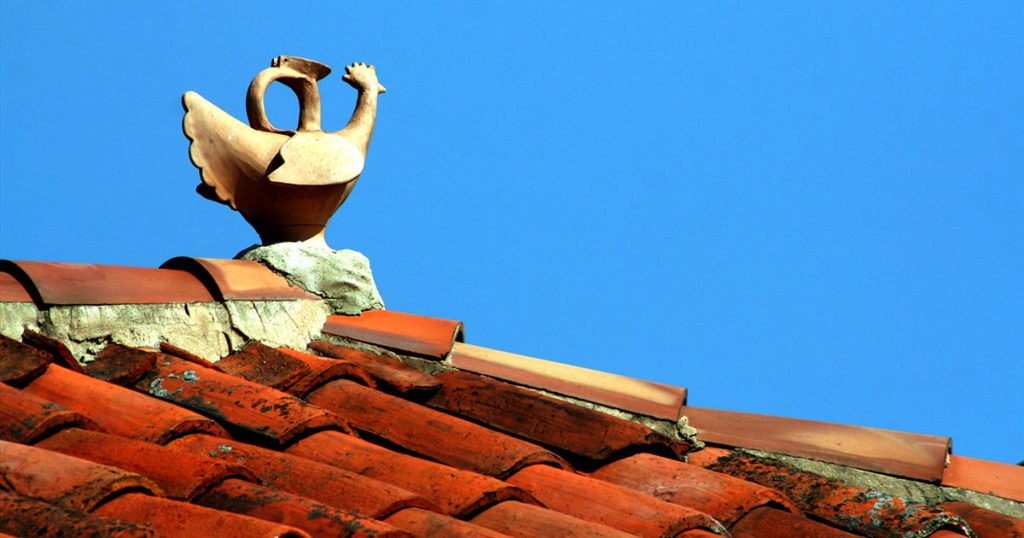
One of the first places I saw in my search for a new home was a charming yellow house with a red tile roof in a wide green yard. It was a cottage more than a house, and as the seller led me to the door, she told me it had belonged to her parents, who’d used it as a weekend abode and a place for gatherings with children and grandchildren. The grandchildren were grown, both parents had died, and the seller and her siblings no longer came, so they were now letting it go, and with it all the furnishings. She paused before opening the door and looked at me meaningfully, as if to say, “Yes, all you are about to see.”
The place had been constructed in stages over several decades, and the seller’s father had aided in much of the work, starting with an hórreo, a wooden granary on pillars, typical of Asturias. The first enhancement, after a few years, was closing in the area underneath. Sometime later a hole was cut into the floor of the hórreo and a set of stairs put up to allow access from below rather than from the balcony outside. The upstairs made a large bedroom and the downstairs the living room, to which an extension was eventually added to give the cottage a bathroom, second bedroom, and kitchen. Later still, part of the hórreo balcony was turned into a second bathroom off the main bedroom. Last, a glassed-in porch was added on the south side, making morning coffee almost an outdoors event. All together, the house was 100 square meters, and it was packed to the hilt with furniture, mirrors, pictures on the walls, decorative plates hanging from the wooden beams, white curtains tied back with yellow ribbons on the many small windows, and silk flowers in vases set on doilies.
It was decidedly cluttered. I thought of my father when I saw it. With Parkinson’s, he sometimes had difficulty maneuvering around his home, filled as it was with the accumulation of the years. This place was much worse. It held in a space smaller than my living room two sofas, four armchairs, a writing desk, a coffee table, three end tables, a dining room table with four chairs, and a sideboard. Plus a small upright wood-burning furnace and a separate fireplace with mantle and hearth. How did it all fit and what on earth would my father have done, faced with this sea of stuff?
It was a rhetorical question; I knew what he’d have done: slide in, one foot first, then the other, and that’s what I did, more easily than you’d expect. As I followed the owner, I imagined a current guiding me around the furnishings, turning them from obstacles into landmarks such as you’d have on a river, big boulders or small stones among the many eddies, with foliage at the sides drooping over the waters. I realized what was so attractive about the house: it was a small cove, a sanctuary to linger at, but also seemed to hold within its walls, like a diorama, the multiple landing spots and shallow inlets and lush growth of the full stretch of that kitschy-sounding river of life. Could life be this full and this peaceful? How I wished to embark! Begin at the beginning. Float through my days at an easy, lazy pace. Go slow, trailing a hand in the water, pulling up from the depths some trinket or plucking it from along the bank: an antique letter opener, a hand-painted plate, a cross. I longed to immerse myself in the florid landscape and make it mine. Instead, I found myself inevitably dragged on past this spot where I’d have happily rested. For how long? For an indefinite stretch.

